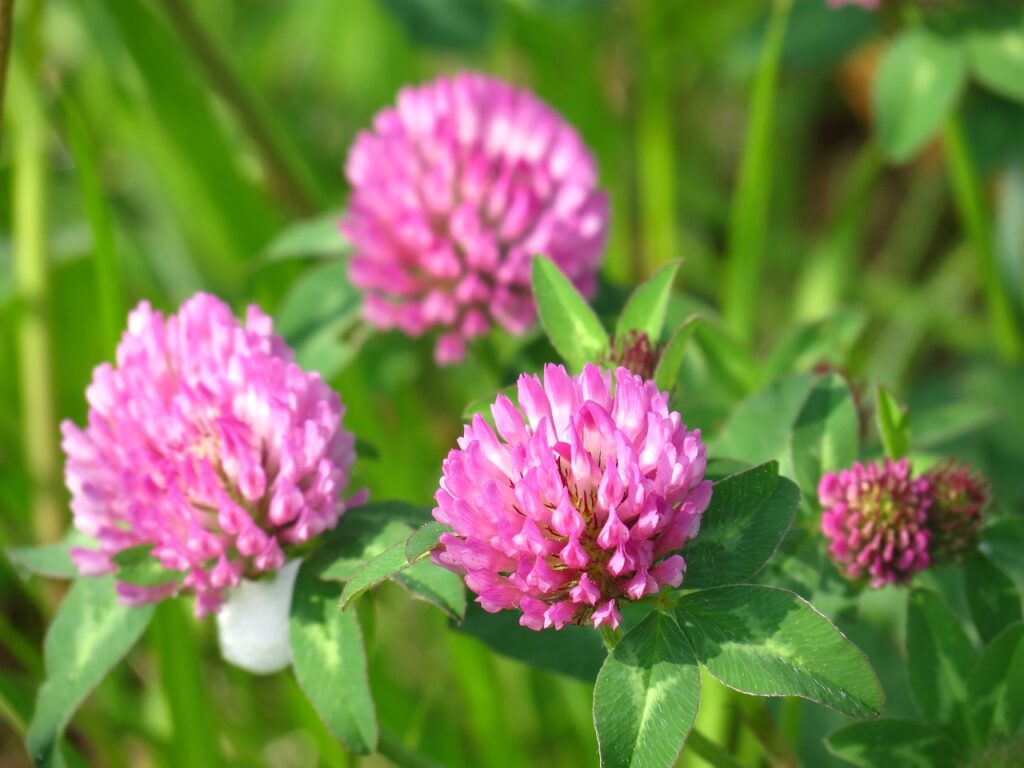This comprehensive review focuses on Eleutherococcus senticosus (ES), examining the phytochemical composition, traditional medicinal roles, ecological traits, and pharmacological effects. Native to Northeast Asia, ES is used in traditional Chinese, Korean, and Japanese medicine.
Read More
Rhodiola rosea (R. rosea), also known as “golden root,” is an adaptogenic herb with tremendous fat-burning, energy-enhancing and brain-boosting power. Adaptogens including rhodiola are a group of plants that can help your body adapt to physical, chemical and environmental stress.
Read More
Schisandra (Schisandra chinensis) holds a special place in history since it was used along with other ancient herbs, like ginseng, goji berry and reishi, by Taoist masters, Chinese emperors and elitists. In Russia, schisandra first gained recognition as an “adaptogen agent”
Read More
Withania somnifera, evergreen shrub in the nightshade family (Solanaceae), native to India, North Africa, and the Middle East, that is used in traditional systems of medicine, particularly Ayurvedic medicine in India, where it is known as ashwagandha.
Read More
The normal name of Zingiber officinale is ginger which has a place with the Zingiberaceae. The juice of Z. officinale rhizome showed a mind-boggling expansion in serum insulin level along with an intriguing diminishing with regard to FBG levels in STZ-initiated diabetic rats.
Read More


